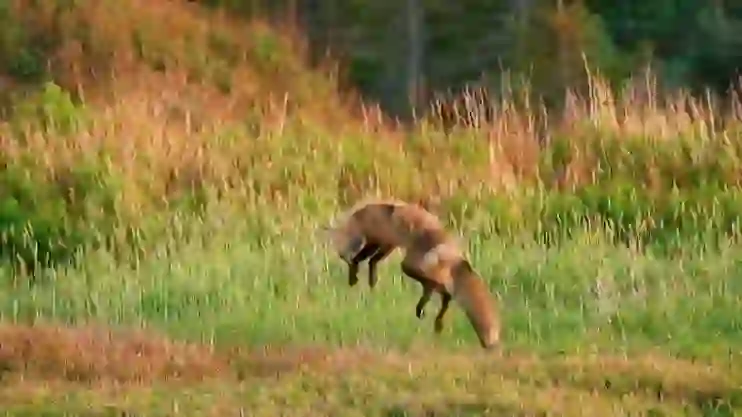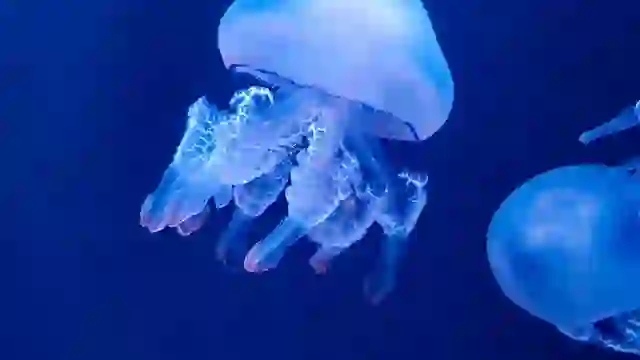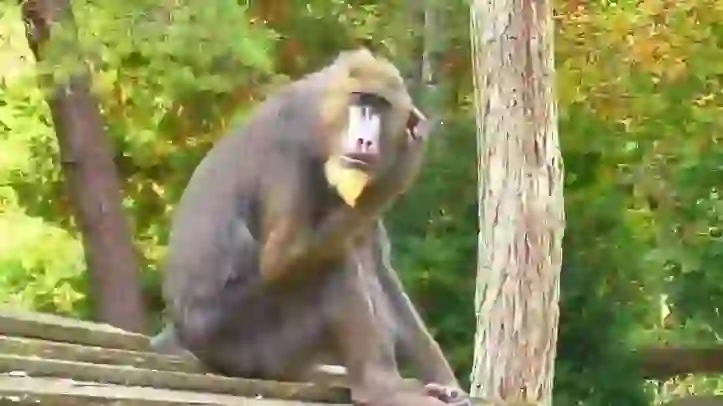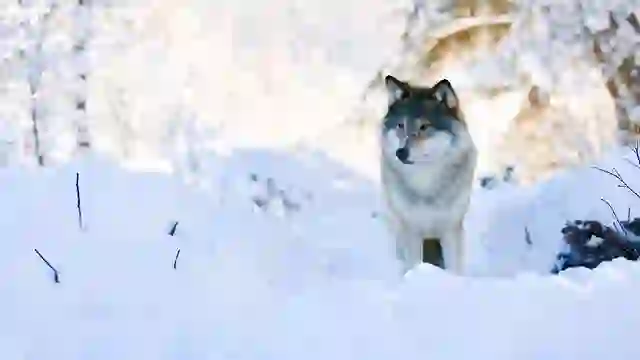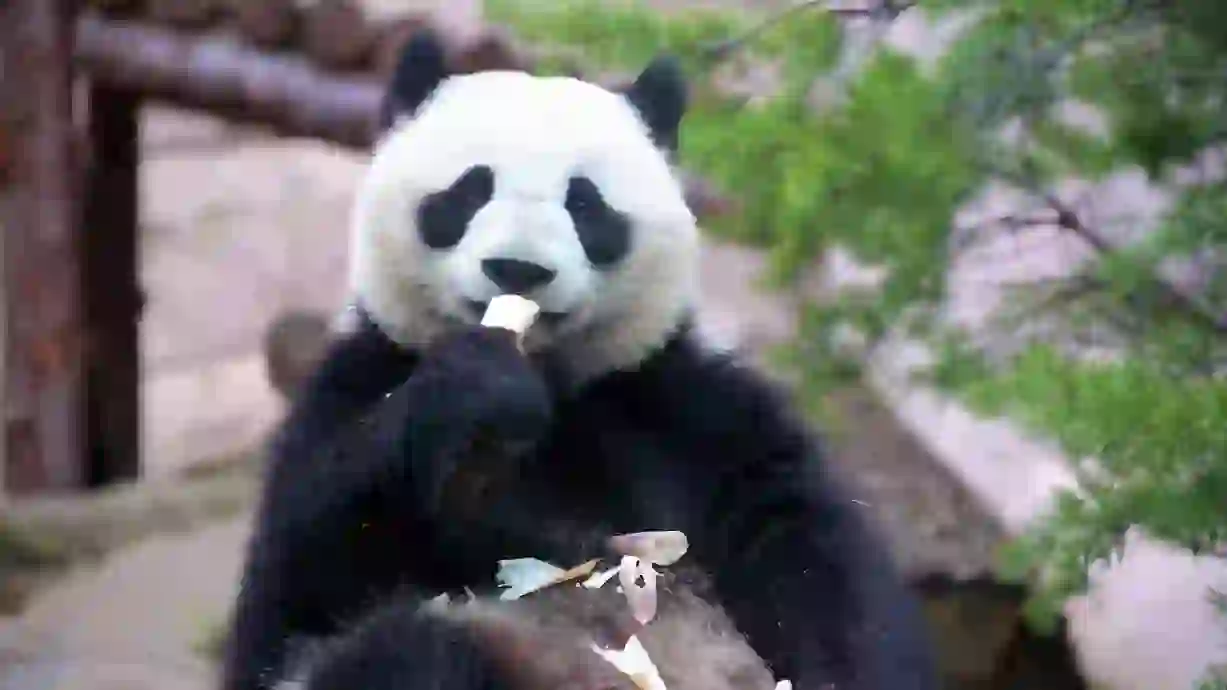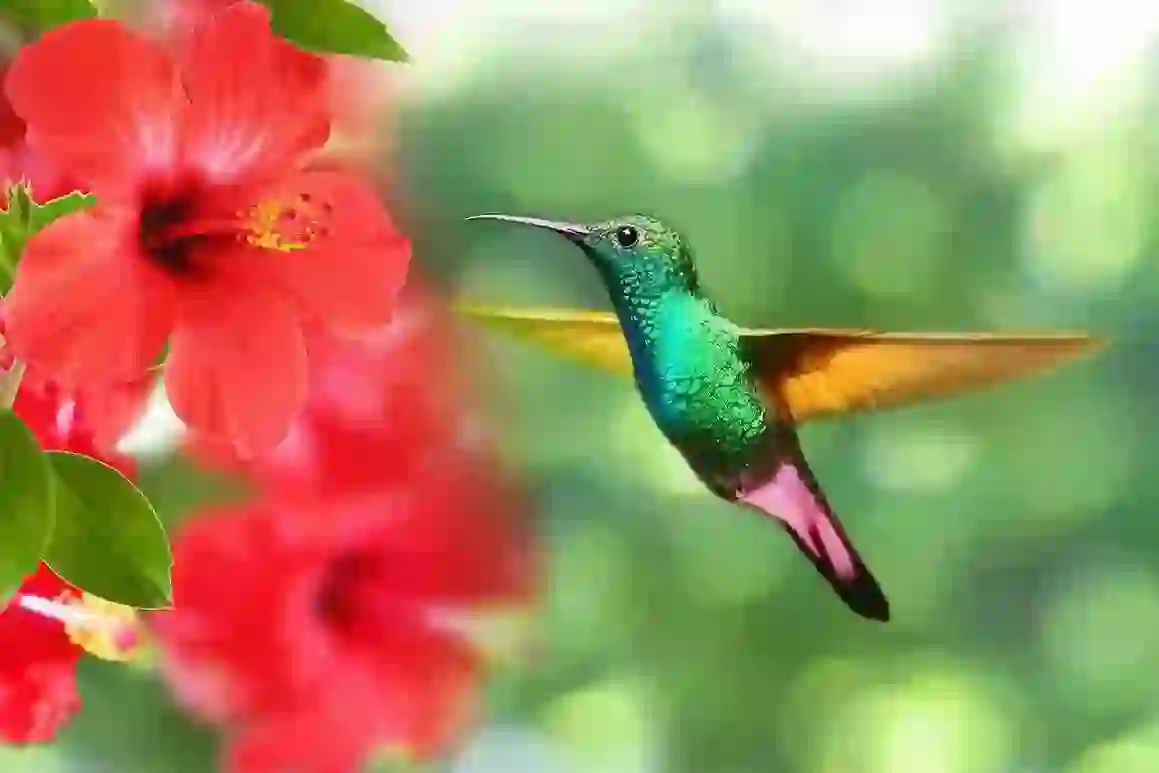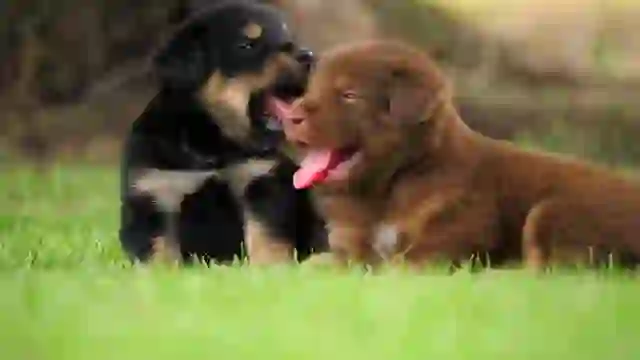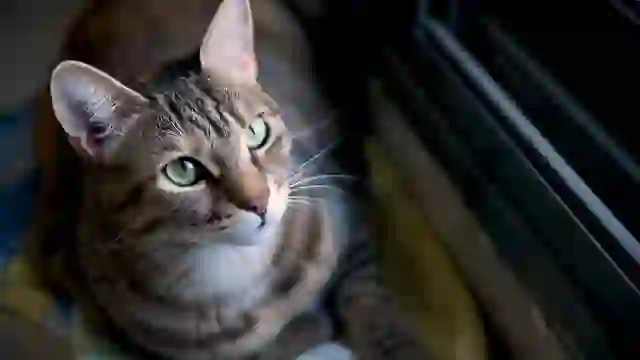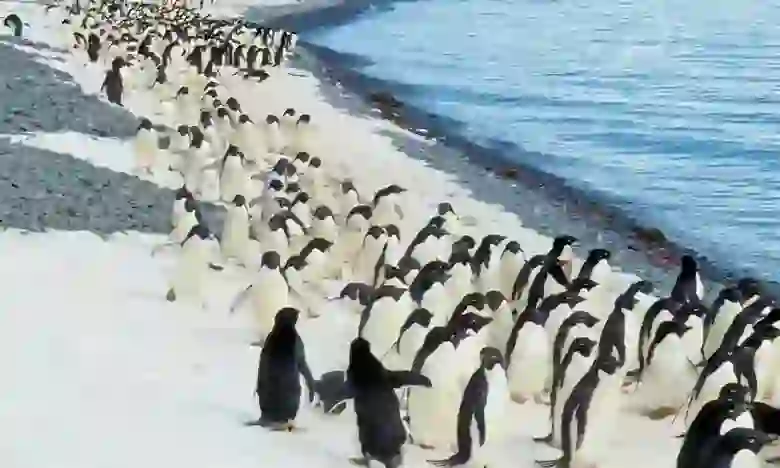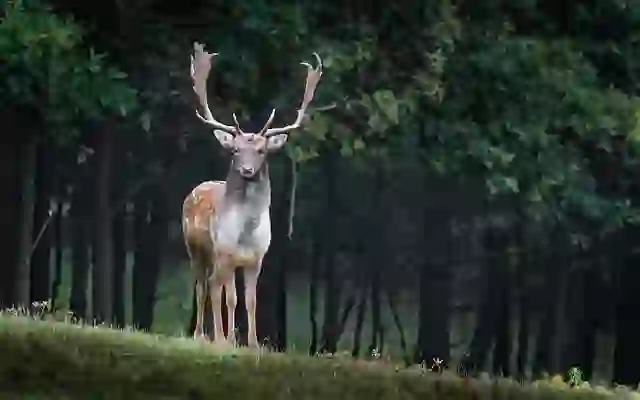
Flea-frog
Flea-frog
Flea-frog
In the Atlantic Forest of Brazil, the Flea-frog, a tiny and adorable frog with vibrant yellow coloration, makes its home. Despite their small size, these frogs harbor a surprising secret. Let's explore the fascinating world of the Flea-frog!
Flea-frog Basic Infomation
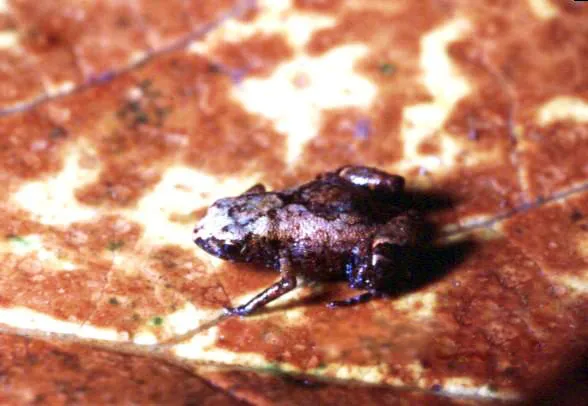
| Property | Value |
|---|---|
| Scientific Name | Brachycephalus hermogenesi |
| Taxonomic Status | SPECIES |
| Rank | Species |
| Vernacular Names | flea-frog, Flea-frog |
| Kingdom | Animalia |
| Phylum | Chordata |
| Class | Amphibia |
| Order | Anura |
| Family | Brachycephalidae |
| Genus | Brachycephalus |
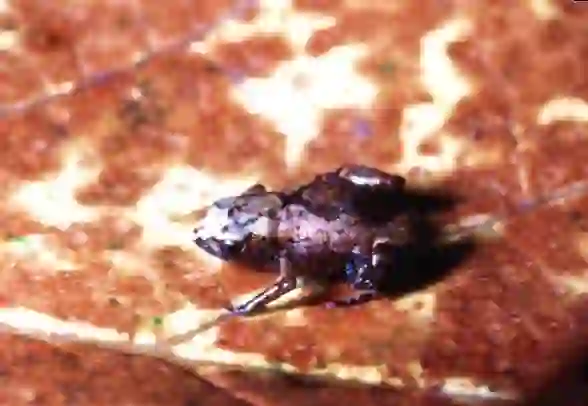
The flea-frog ( *Brachycephalus hermogenesi* ) is a frog species belonging to the genus Brachycephalus in the family Brachycephalidae, found in the Atlantic Forest of southeastern Brazil.
They are one of the smallest frogs in the world, measuring only 1-1.5 cm in length.
They are characterized by their vibrant yellow coloration and stocky build.
Flea-frog Q&A

Where do Flea-frogs live?
Flea-frogs are found in the mountainous regions of the Atlantic Forest in southeastern Brazil, at elevations between 800 and 1,500 meters.
They prefer humid environments and live hidden under forest litter, fallen logs, and rocks, becoming active at night to forage for insects, spiders, and earthworms.

Why are they called "Flea-frogs"?
Flea-frogs are named for their exceptionally small size.
They only reach about 1-1.5 cm in length as adults, making them truly tiny frogs, like fleas.

Are Flea-frogs poisonous?
Yes, Flea-frogs, like other members of the genus Brachycephalus, secrete toxins from their skin.
Their poison is tetrodotoxin, a potent neurotoxin also found in pufferfish, and is deadly even in small doses.
These tiny frogs pack a powerful punch with their toxin!

How do Flea-frogs reproduce?
Unlike many other frogs, Flea-frogs do not breed in water but on land.
The female lays a few eggs under moist leaf litter, and the male guards them.
The eggs develop directly, bypassing the tadpole stage, and hatch as tiny froglets.

Are Flea-frogs endangered?
Flea-frogs are facing a decline in population due to habitat loss and pollution and are listed as Near Threatened (NT) on the IUCN Red List.
Their habitat, the Atlantic Forest of Brazil, is being destroyed by development and deforestation.
Over-collection for the pet trade also threatens their survival.
Protecting their forest habitat and eliminating illegal trade are crucial for the conservation of Flea-frogs.

Would you like to become a part of the 'Animalbook.jp'?
Turn your knowledge into Q&A and share it with the world. ※Publication will be activated after purchase. Let's share information together!
Flea-frog Type of List

- Flea-frog
Information
Congratulations! You are the first commenter!

Create Your Favorite List!
Flea-frog
Save the animals you love! Build your own list to quickly revisit your favorites later.

Would you like to leave a comment?
※Please note: This is for the purchase of rights to post comments within the article.
Find Your Favorites!
Our shop offers a unique and attractive selection of goods themed around various animals.
Flea-frog References
Flea-frog Introduction of media used

Ariovaldo Giaretta, CC BY-SA 2.5, via Wikimedia Commons

Help Enrich Our Animalbook.jp with Your Media!
We are constantly looking to expand and enrich our Animalbook.jp with amazing photos and videos of animals. If you have any media that you'd like to share, please contribute and help us showcase the beauty and diversity of the animal kingdom. Your submissions will be credited and featured in our encyclopedia, reaching a wide audience of animal lovers.



